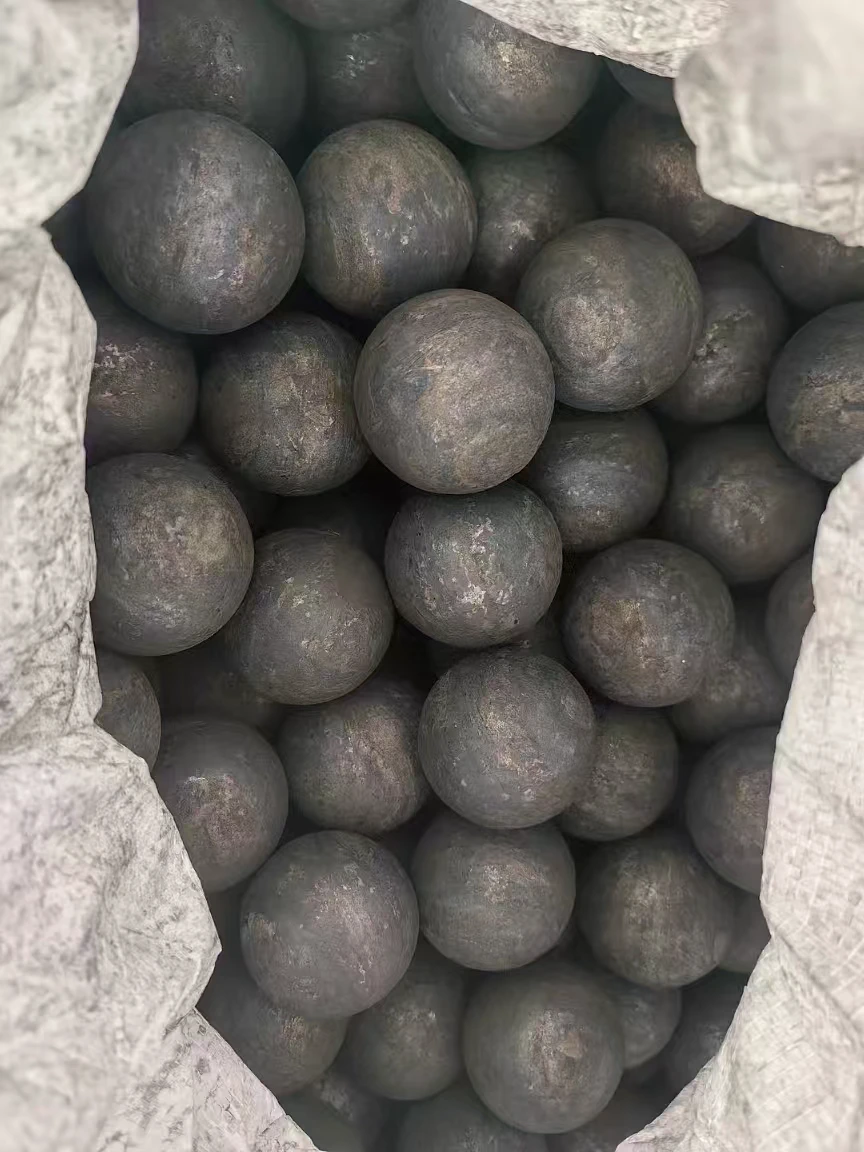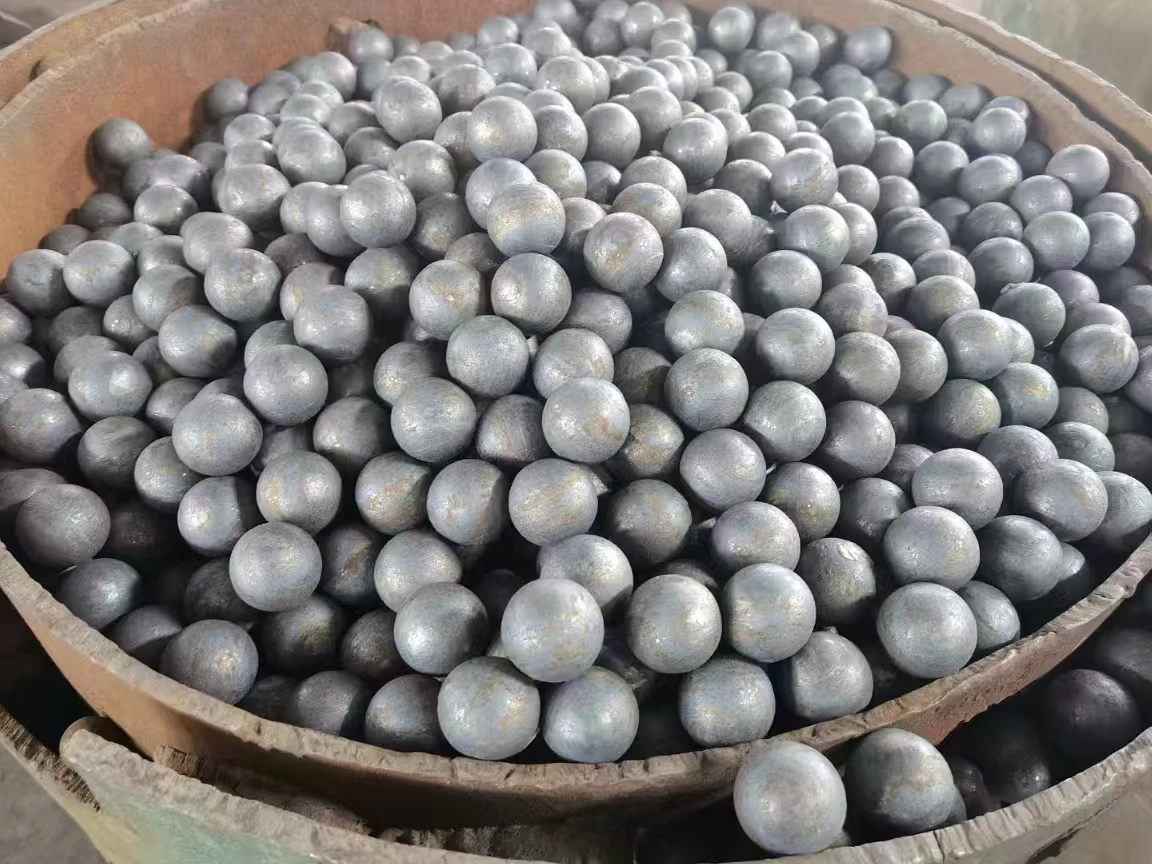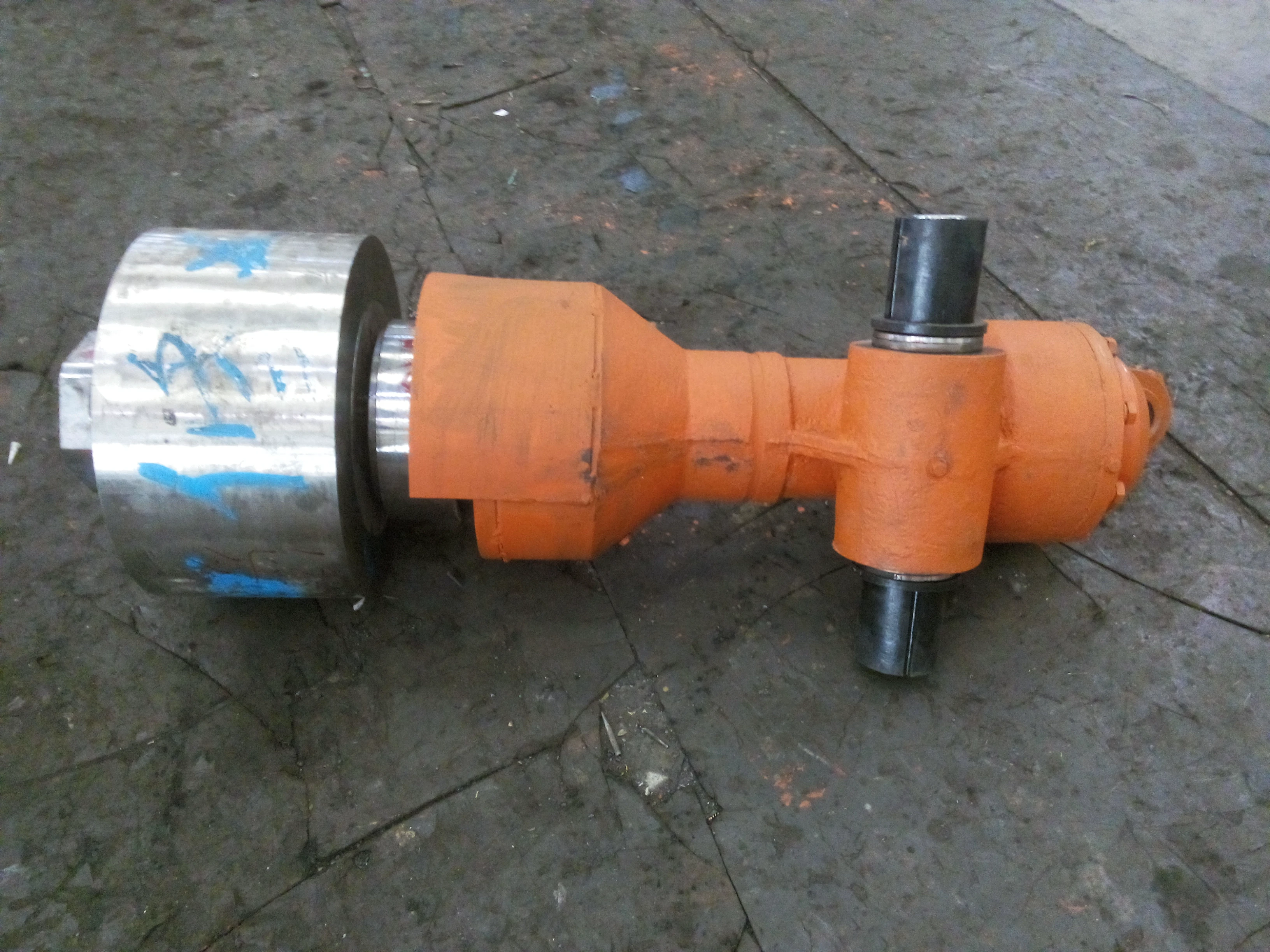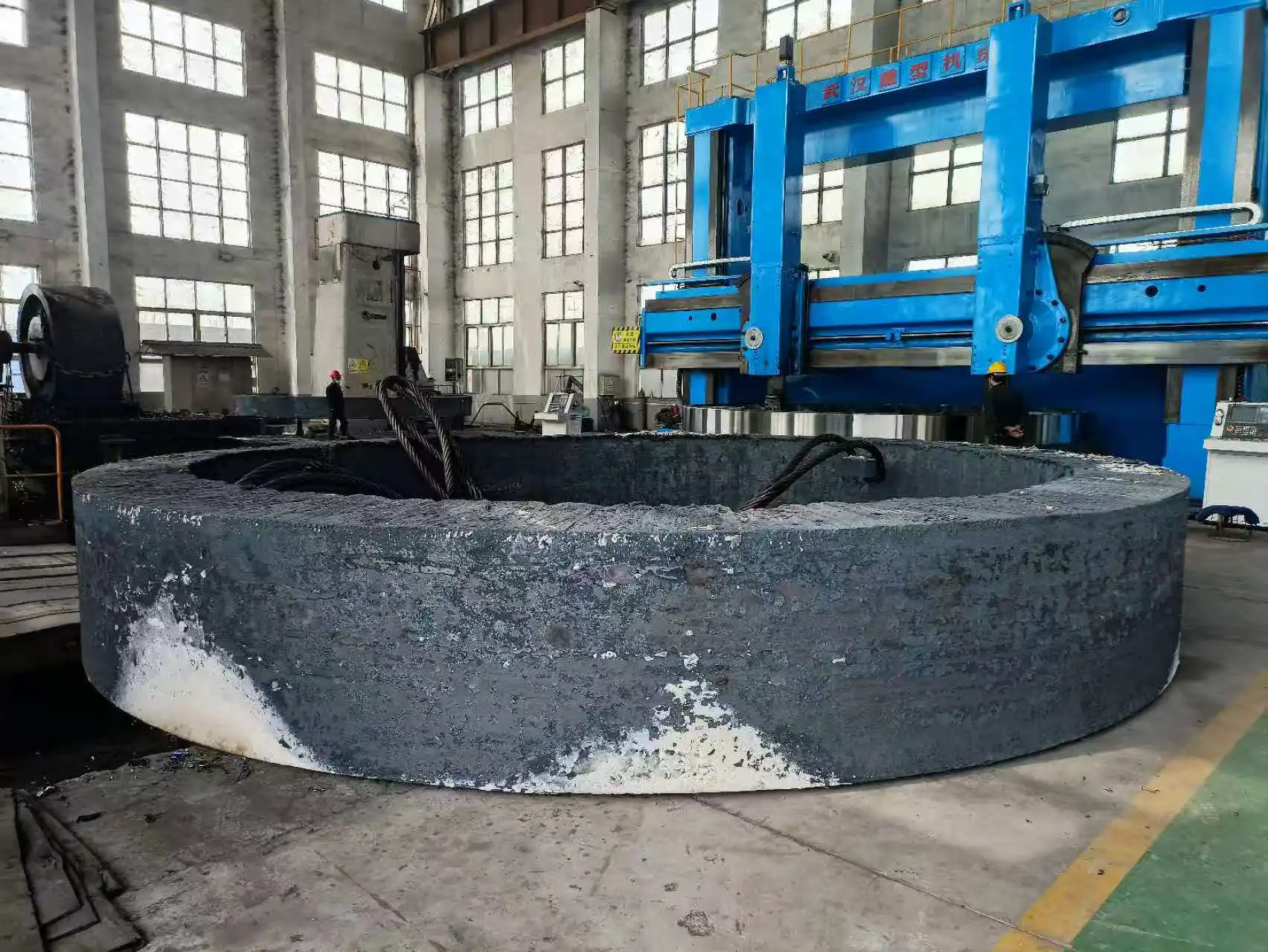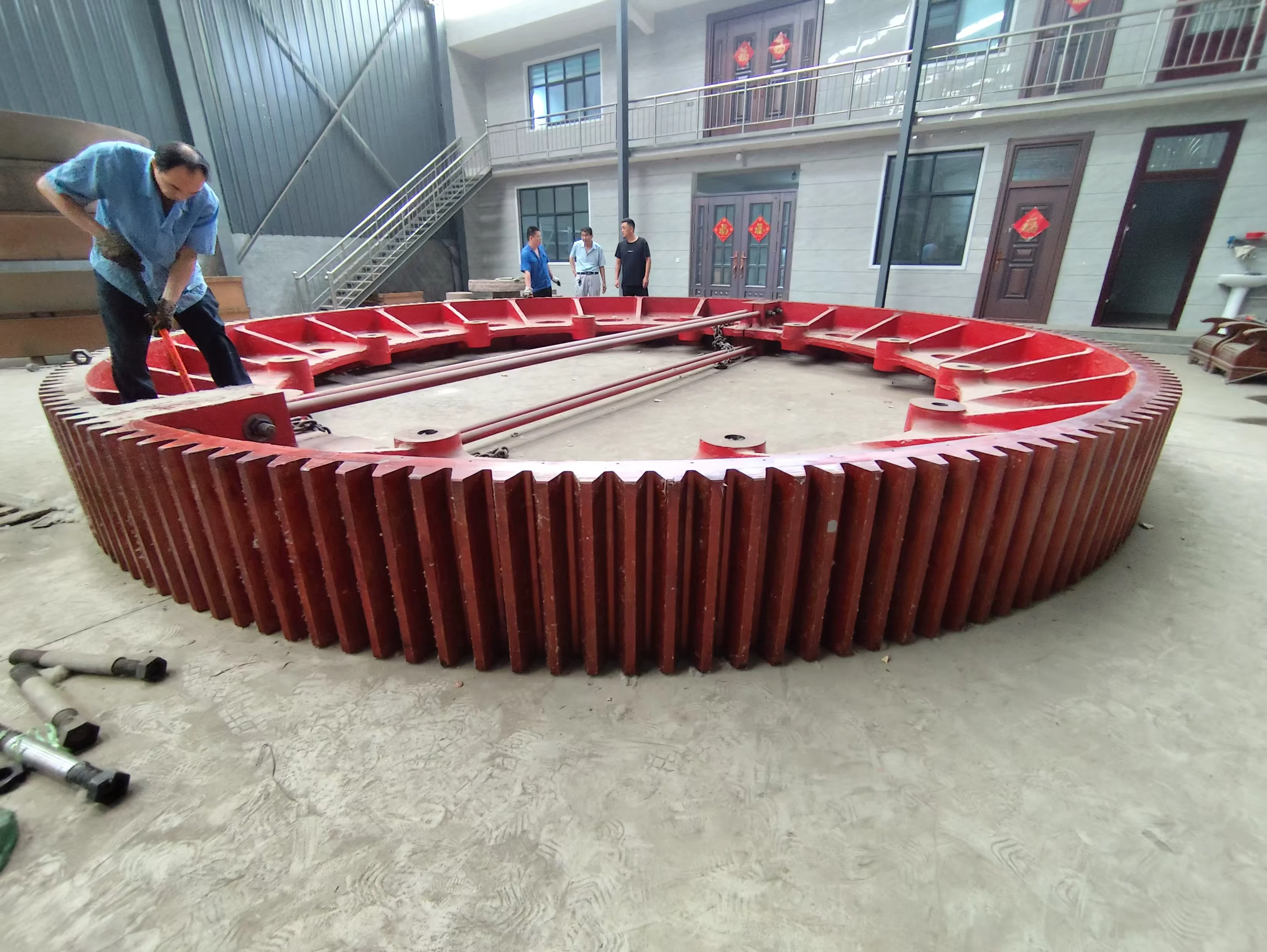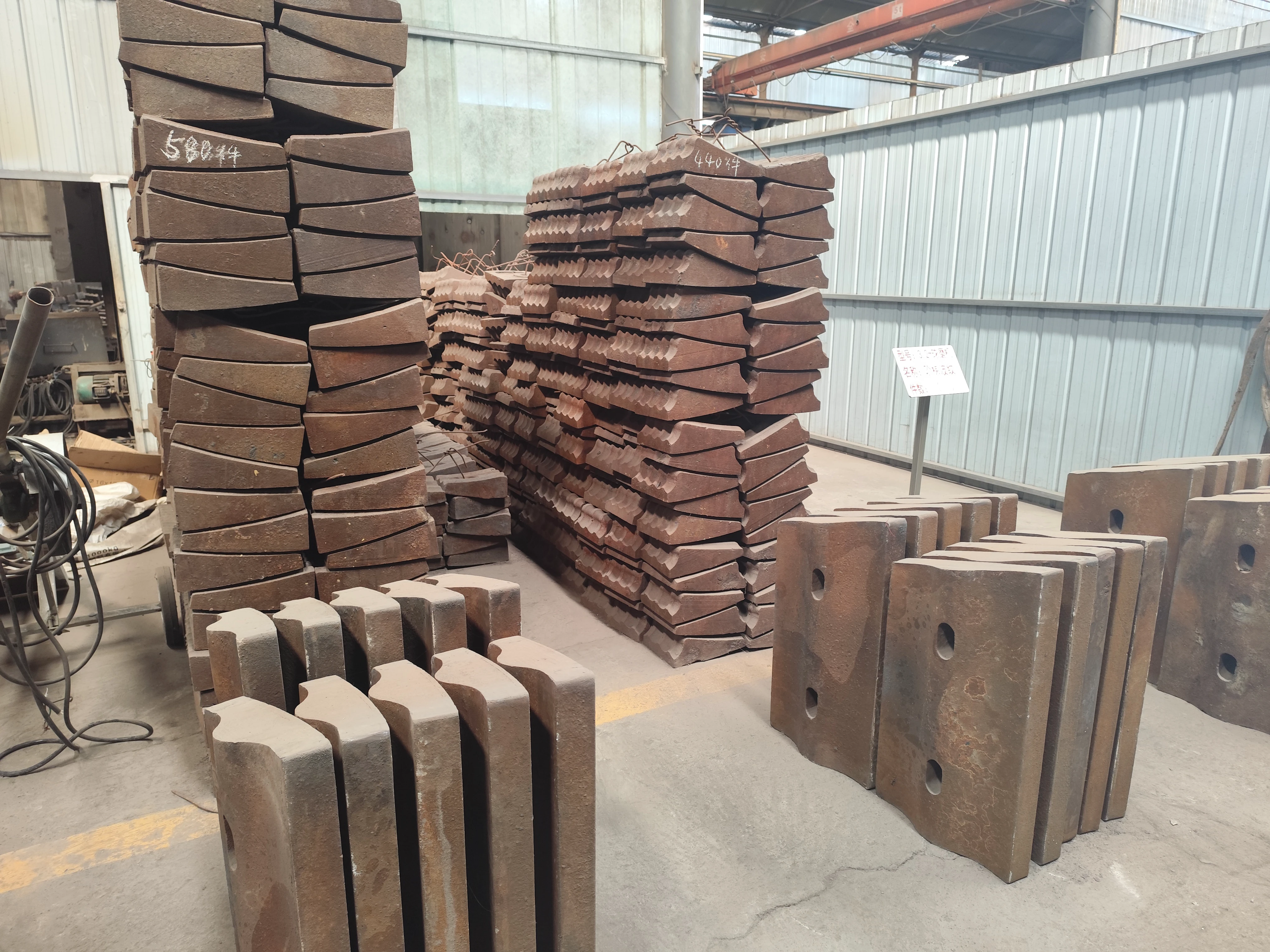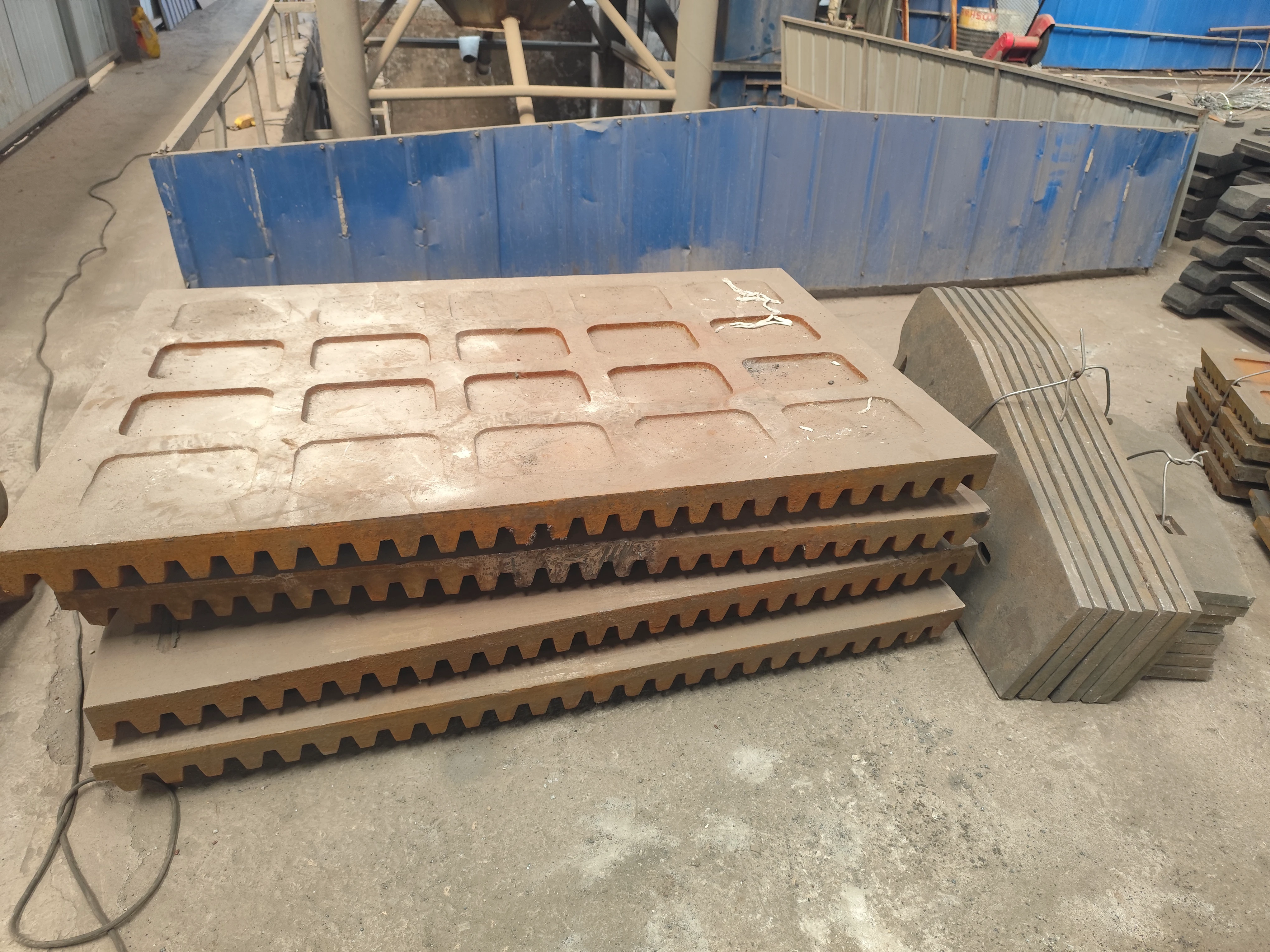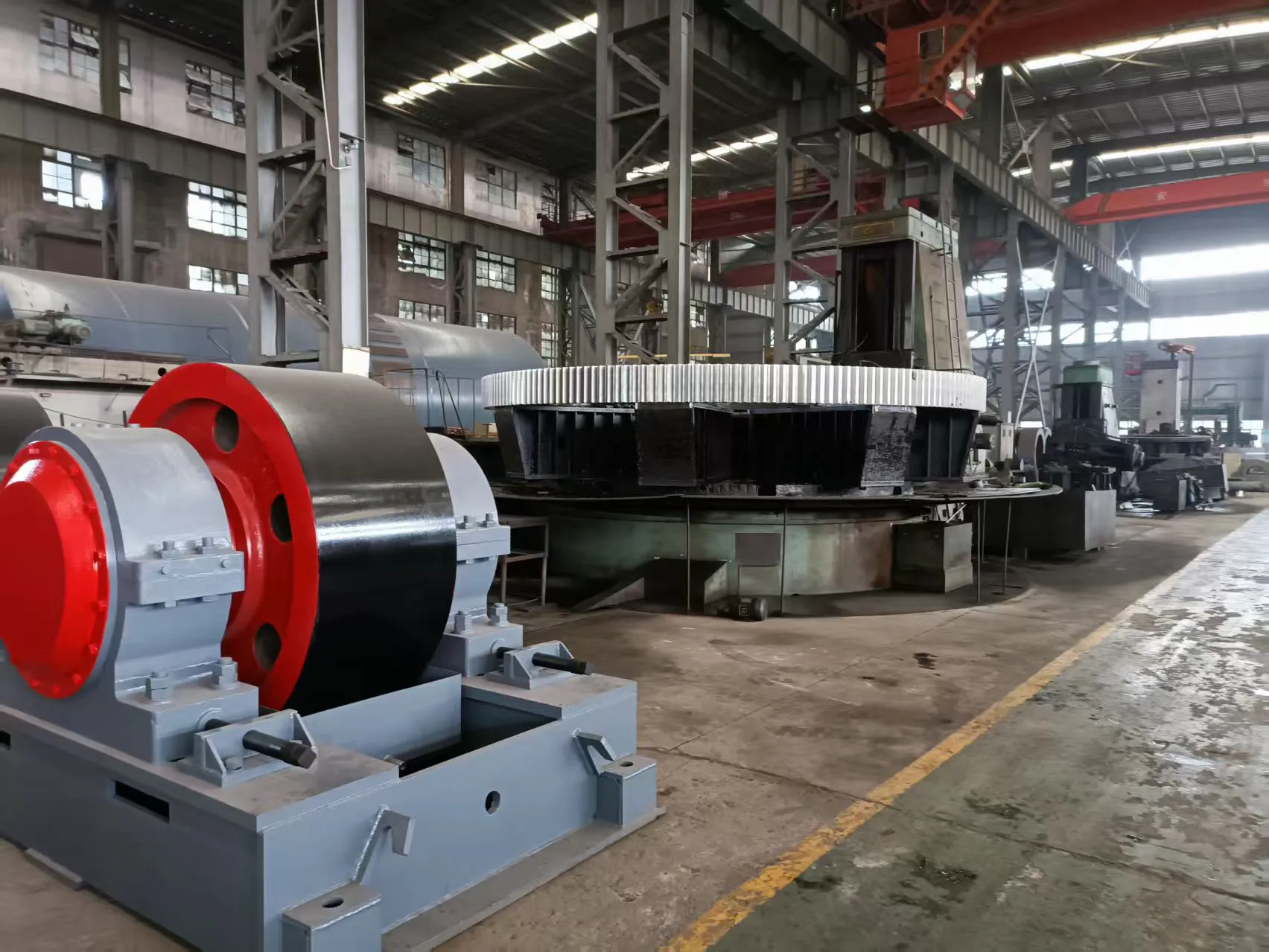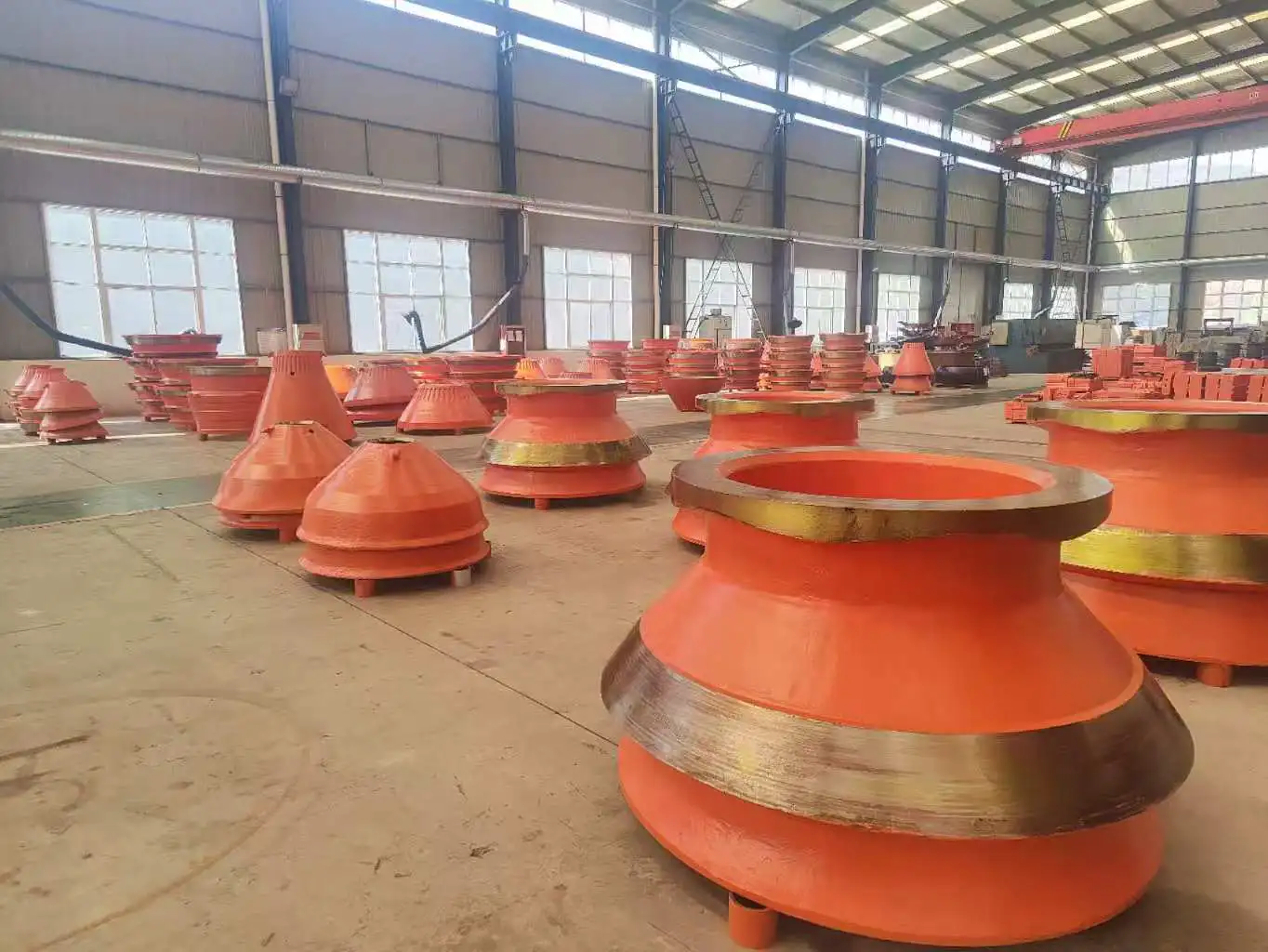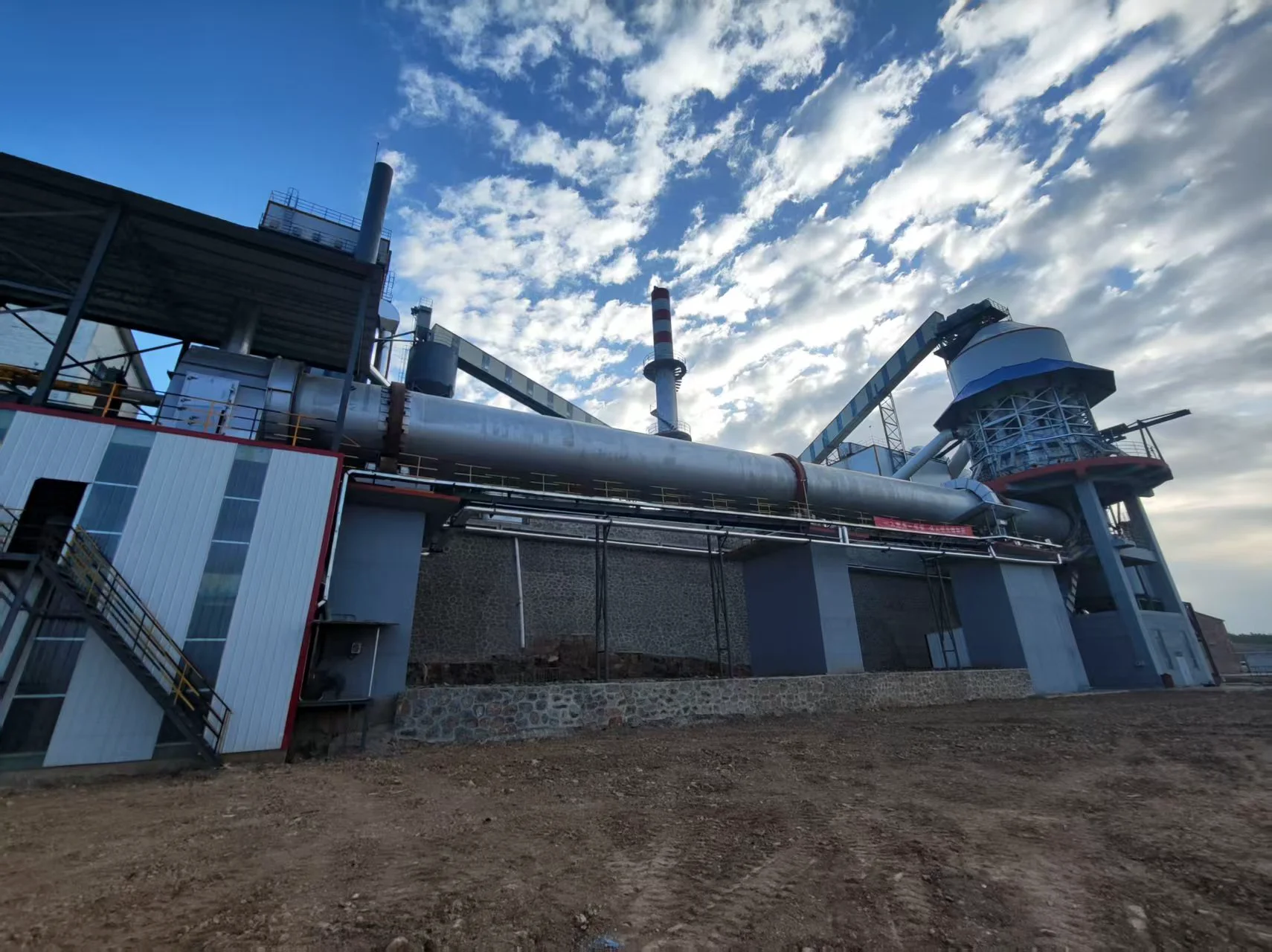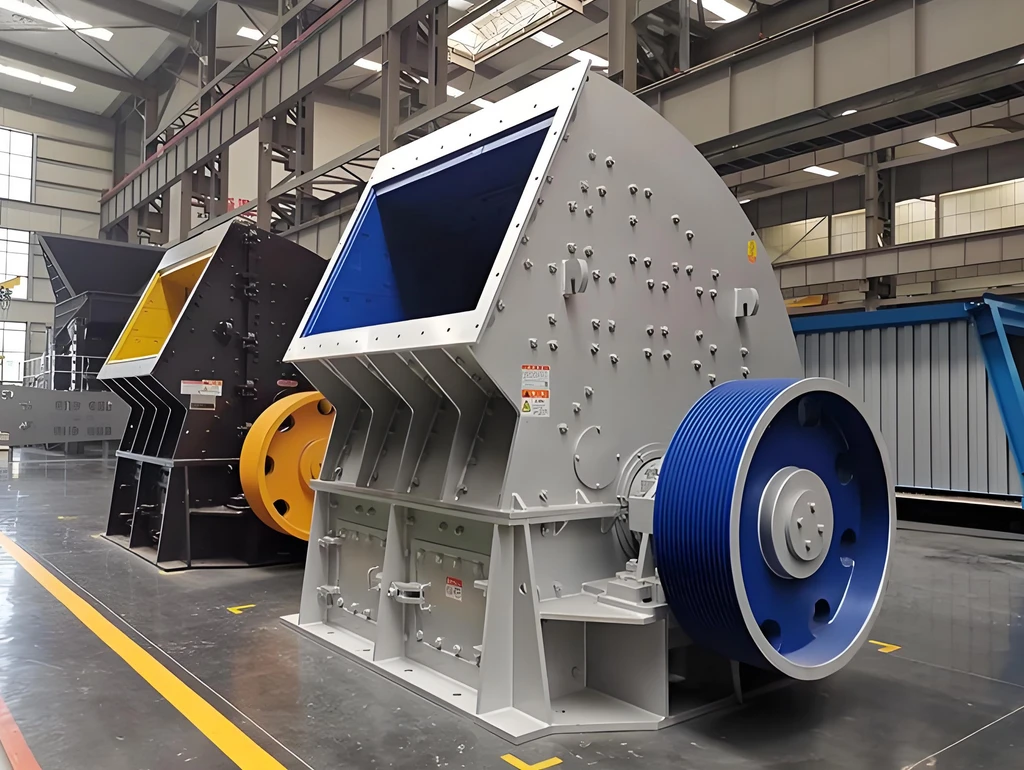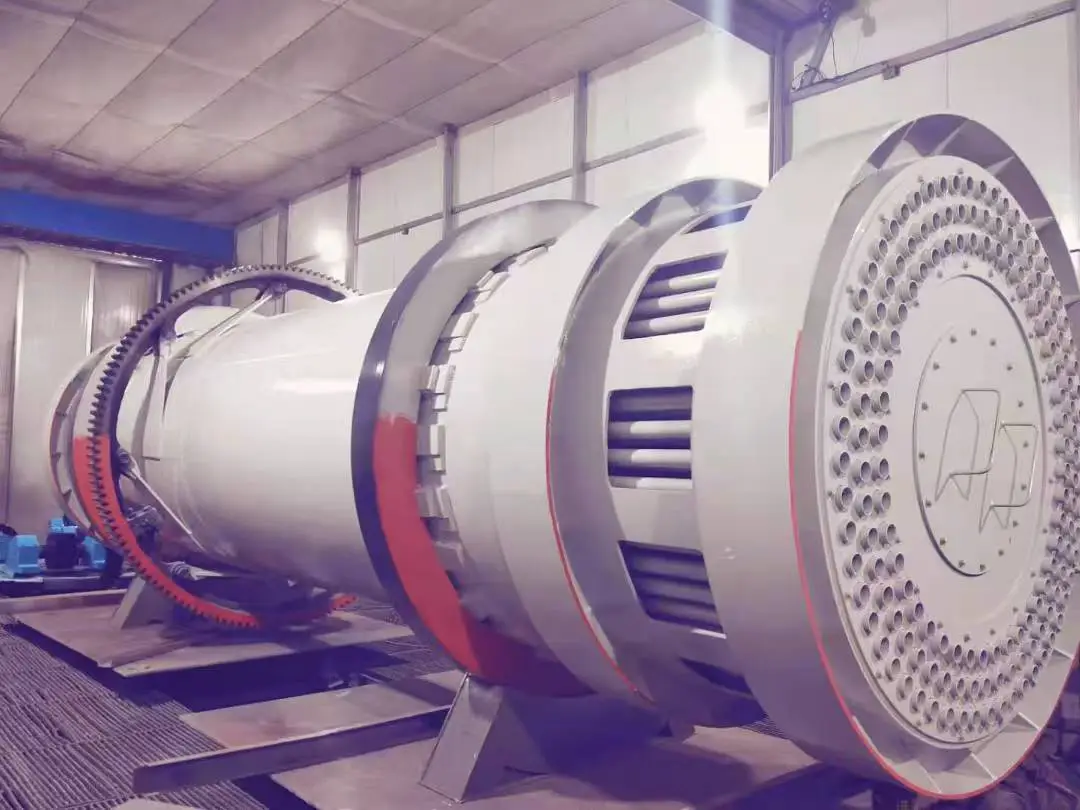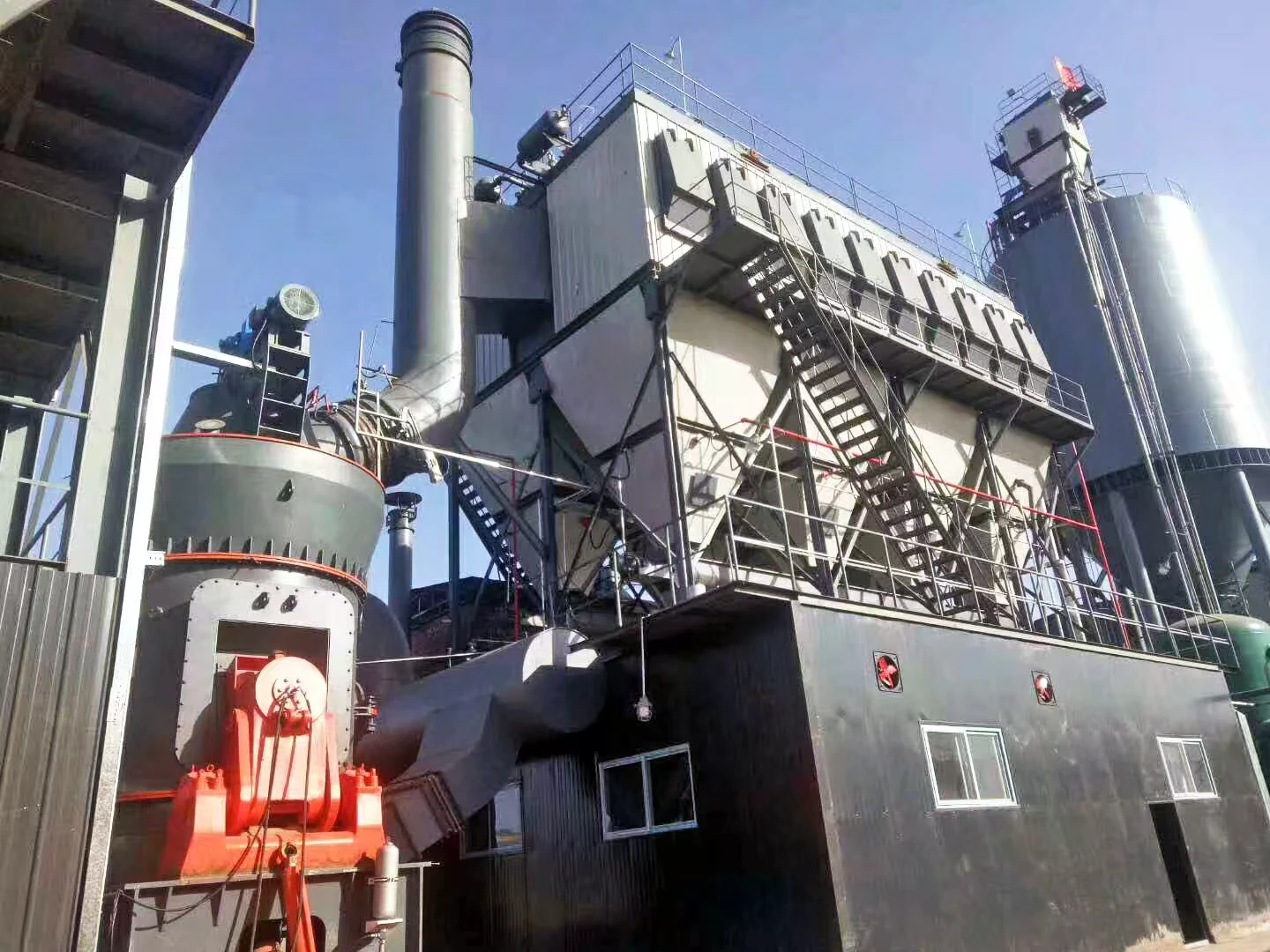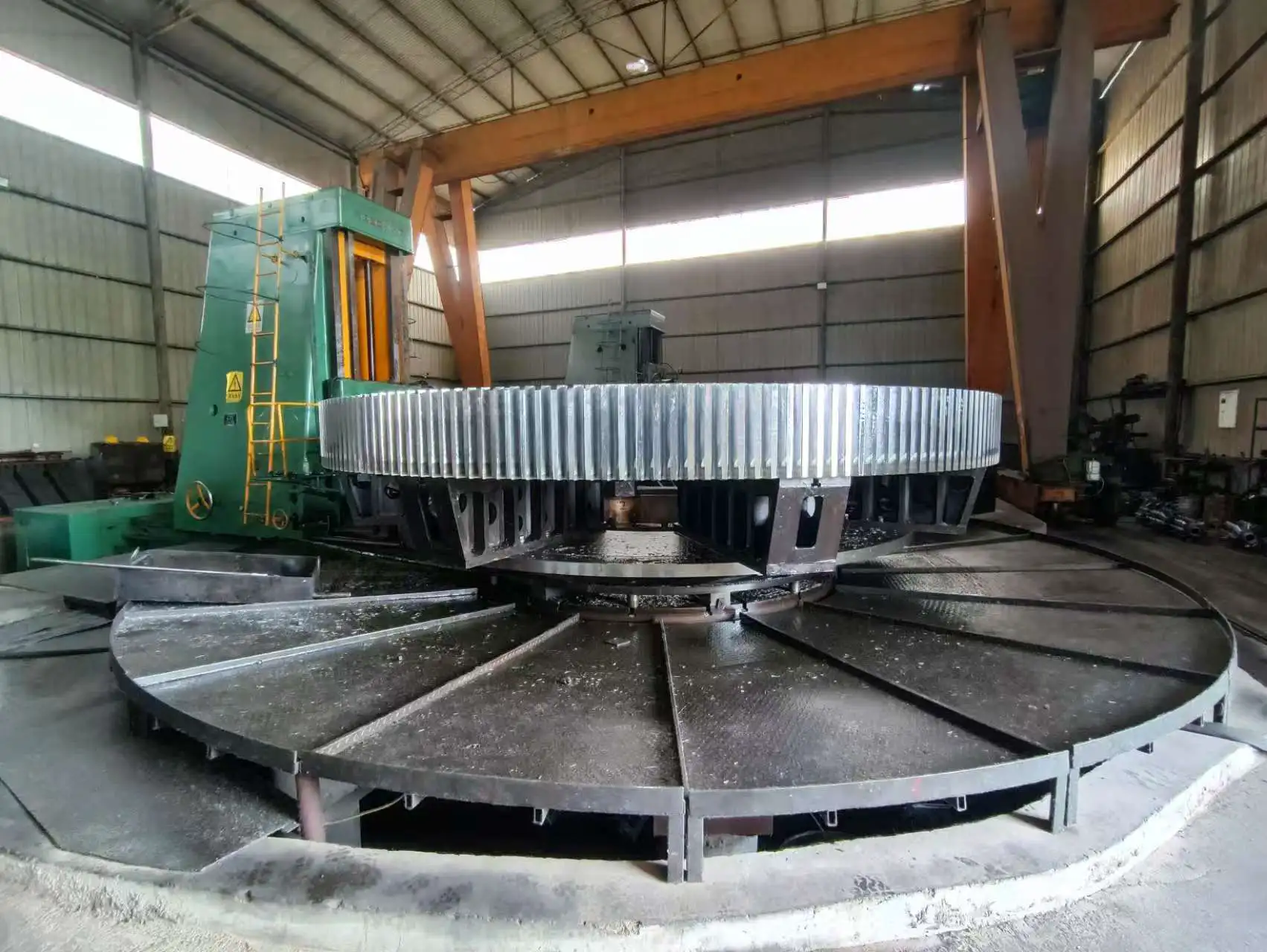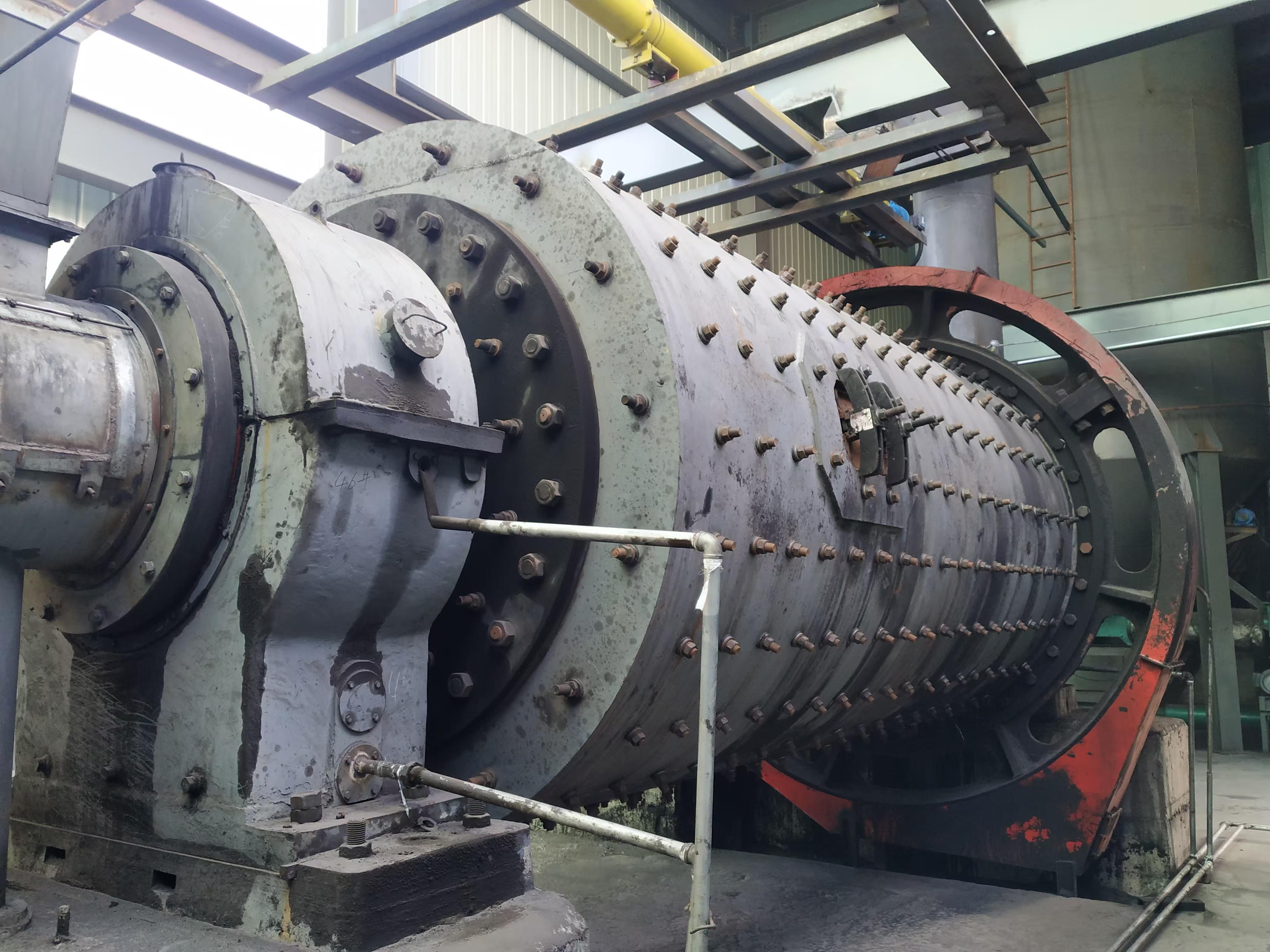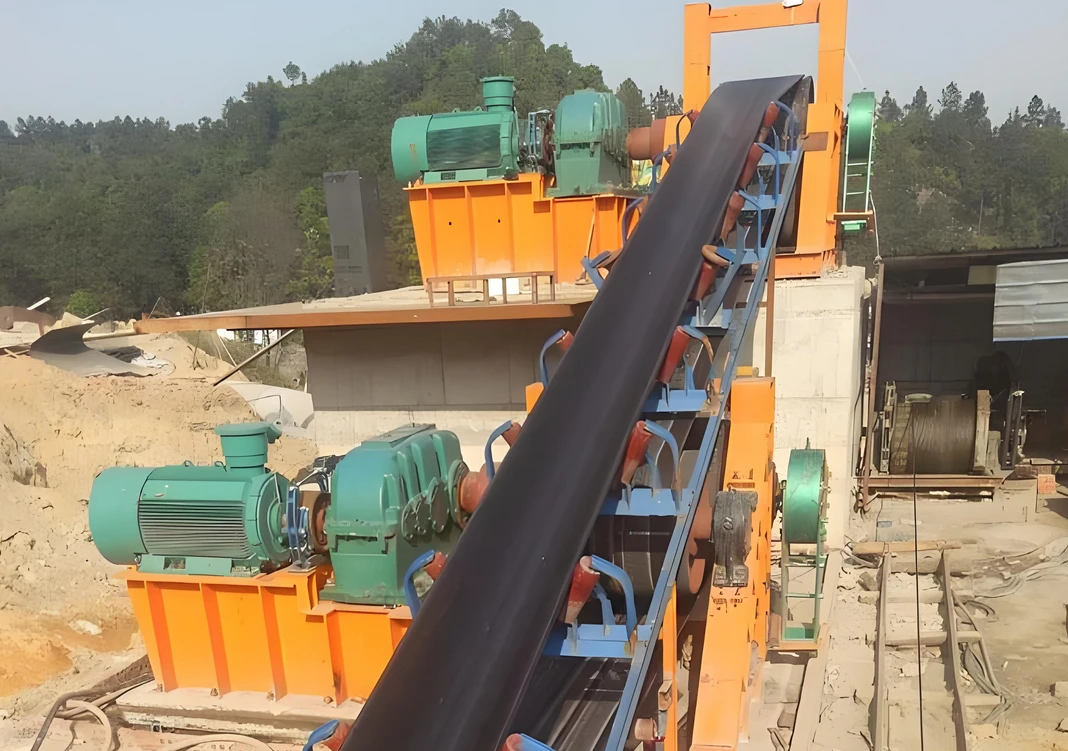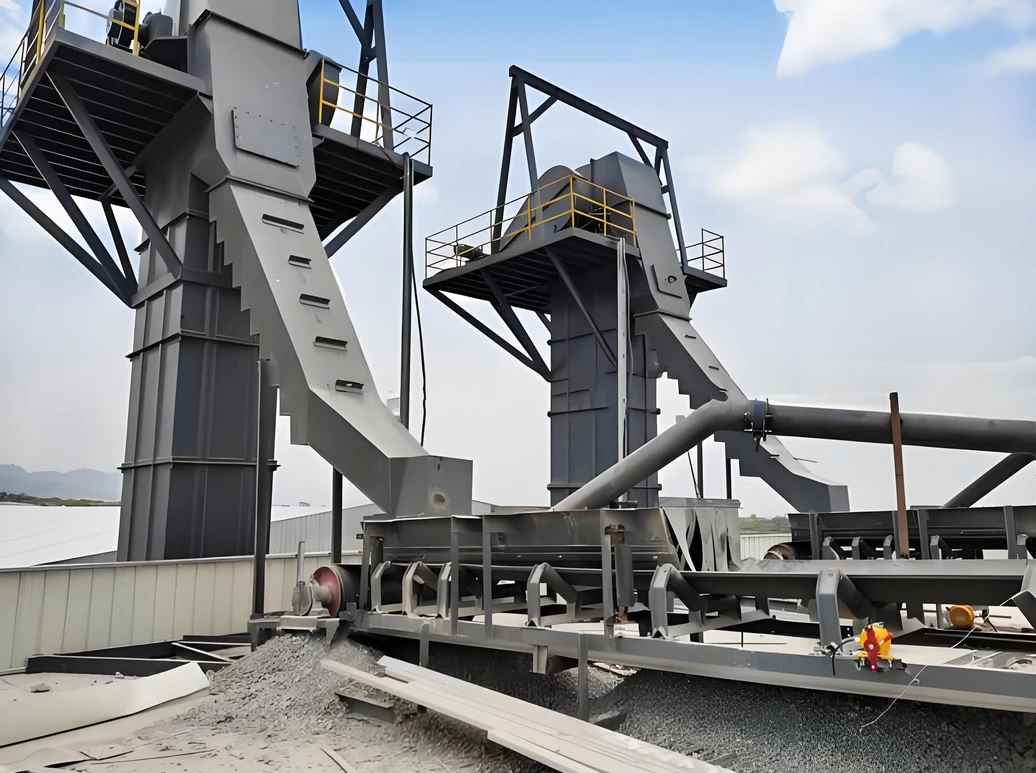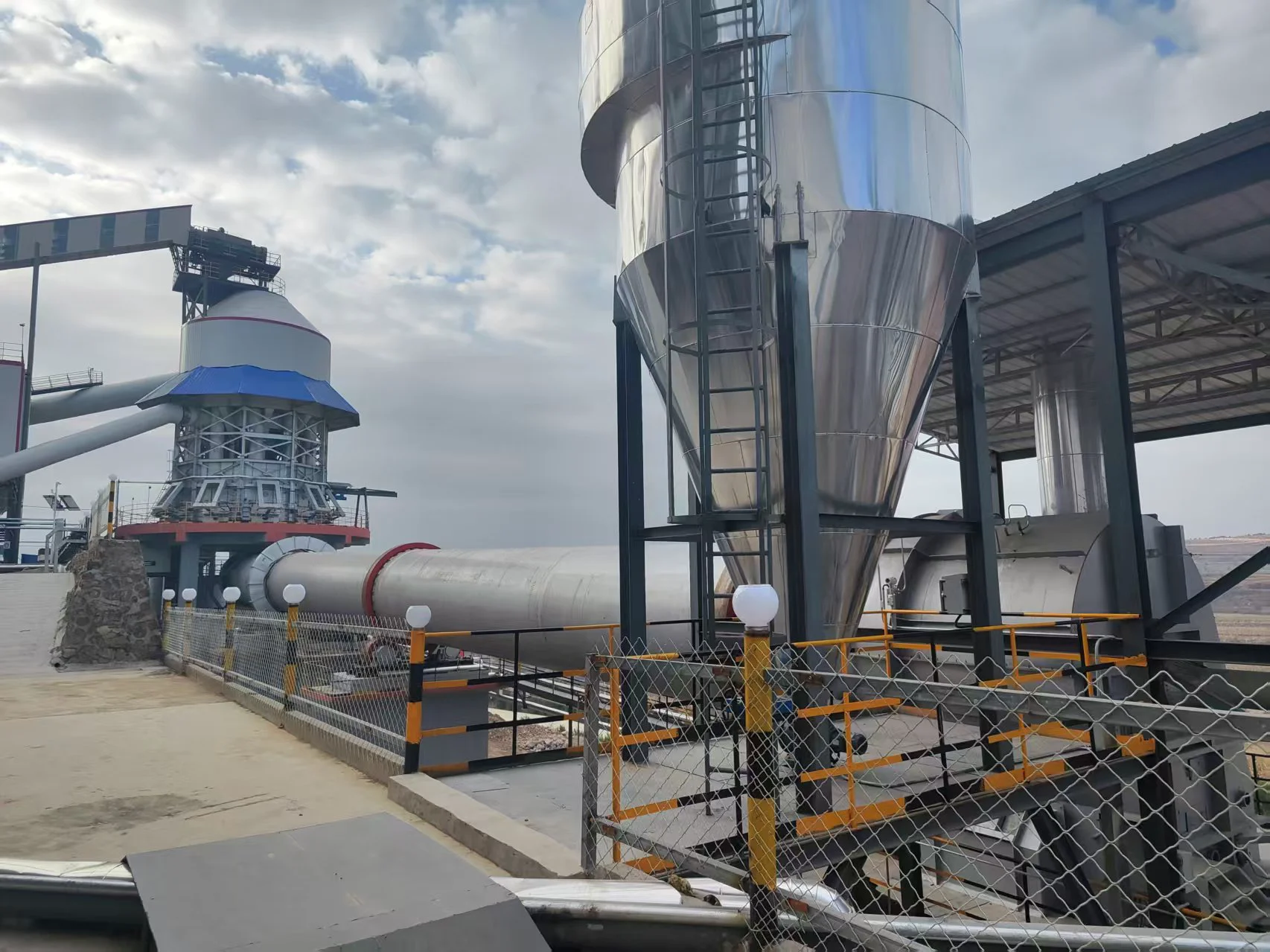1. Material of steel ball
The material of steel ball directly affects its wear resistance, impact toughness and service life. Common materials include:
High chromium steel ball (Cr≥10%):
High hardness (HRC≥58), high wear resistance, good corrosion resistance, suitable for grinding hard materials (such as iron ore, copper ore).
High cost, but high overall cost performance and long service life.
Low chromium steel ball (Cr≤3%):
Moderate hardness (HRC 45-55), general wear resistance, low price, suitable for grinding medium and low hardness materials (such as cement clinker).
Alloy steel ball:
Adding elements such as manganese and molybdenum to improve toughness and impact resistance, suitable for large ball mills or high impact conditions.
Forged steel ball:
Made by forging process, with high density and good toughness, but slightly lower hardness than high chromium ball, suitable for wet grinding.
Cast iron balls (white cast iron):
Low cost, but brittle and easy to break, mostly used in small ball mills or occasions with low requirements.
2. Specifications of steel balls
The diameter range of steel balls is usually **20mm-150mm**, and the selection criteria include:
Material hardness: Hard materials require small diameter steel balls (to increase the impact frequency) or high hardness steel balls.
Mill size: Large ball mills often use large steel balls (such as Φ100mm or more), and small mills use small balls.
Grinding stage:
Coarse grinding: large balls (Φ60-120mm) crush materials.
Fine grinding: small balls (Φ20-50mm) improve grinding accuracy.
3. Function of steel balls
Impact crushing: coarse crushing is achieved by hitting the material through free fall motion.
Grinding and peeling: fine grinding is achieved by the friction between the steel ball and the material.
Mixing and stirring: make the material evenly distributed and improve grinding efficiency.
4. Principle of steel ball ratio
Single diameter ratio: simple but inefficient, prone to over-grinding or under-crushing.
Multi-level ratio (such as 4-5 sizes): large balls (40%) are responsible for crushing, medium balls (30%) and small balls (30%) are responsible for fine grinding.
It needs to be adjusted dynamically according to the material characteristics (particle size, hardness).
5. Wear and replacement
Wear mechanism: impact wear, fatigue peeling, corrosion wear.
Replacement standard: When the diameter of the steel ball wears to 60%-70% of the initial size, it needs to be replenished or replaced.
Regular replenishment: Generally, 5%-10% of the initial ball loading is replenished every month to maintain grinding efficiency.
By reasonably selecting materials, specifications and ratios, ball mill steel balls can significantly improve grinding efficiency and reduce energy consumption. In actual applications, regular maintenance and optimization are required in combination with working conditions.
